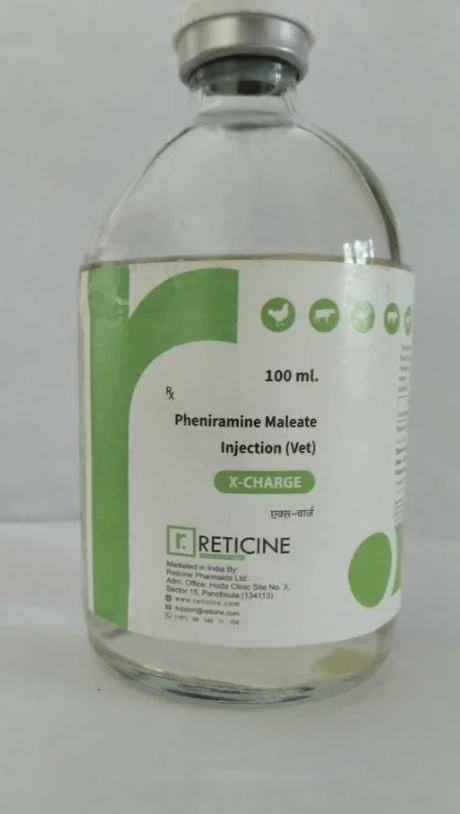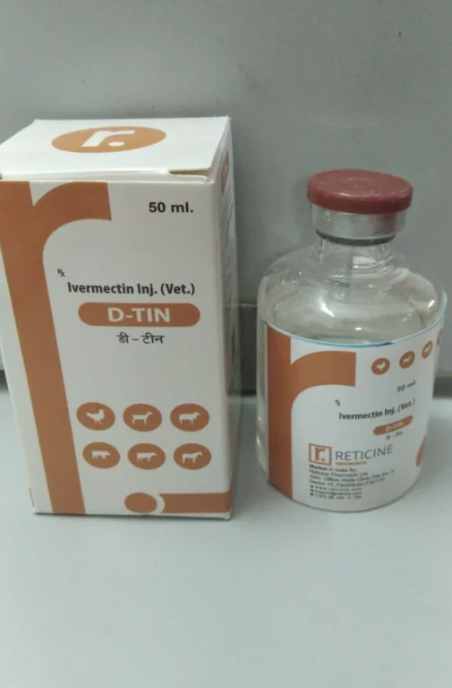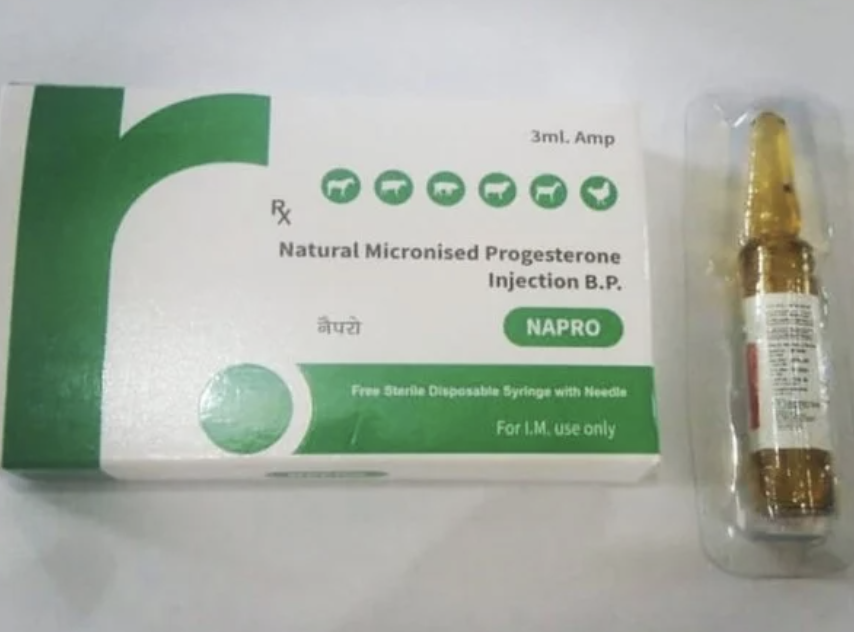Penicillin & Strepto Penicillin
last article update: August 2025, guide for the U.S.
Penicillin is the OG beta-lactam antibiotic. It jams the enzymes (PBPs) bacteria use to build cell walls; walls fail, bugs die, your symptoms chill. You’ll see it as tablets/capsules, liquid “pink stuff,” or injections at a clinic.

When penicillin is the go-to
- Strep throat (Group A Streptococcus). First-line in the U.S. is penicillin V (penicillin VK) or amoxicillin. Ten days is standard unless your prescriber says otherwise.
- Dental infections/abscess support. Often amoxicillin or amoxicillin-clavulanate plus source control (drainage, root canal).
- Skin & soft-tissue (impetigo, some cellulitis), certain ear/sinus infections when a bacteria is likely.
- Syphilis. Benzathine penicillin G injection is the classic choice.
- Endocarditis & serious streptococcal infections. IV penicillin G or ampicillin in hospital; sometimes combined with another drug for synergy.
Not for viruses. Penicillin won’t touch colds, flu, or most sore throats that are viral. If a rapid strep or culture is negative, antibiotics aren’t your friend.
“Strepto + penicillin” — what folks mean
People say “strepto penicillin” when they mean treating streptococcal infections with a penicillin:
- Group A strep throat: penicillin VK or amoxicillin by mouth.
- Rheumatic fever prevention after strep: monthly benzathine penicillin G shots in certain patients.
- Group B strep, enterococci, viridans strep (more serious): hospital-grade IV penicillins (e.g., ampicillin, penicillin G) tailored by cultures.
Types you’ll actually hear about
- Penicillin V (phenoxymethylpenicillin) — oral; classic for strep throat.
- Penicillin G (benzathine or procaine forms) — injections; syphilis and certain deep infections.
- Amoxicillin — oral; broader everyday workhorse for strep, ear, sinus, dental.
- Ampicillin — oral/IV; hospital and specialty uses.
- Amoxicillin-clavulanate — oral; adds a β-lactamase blocker for tougher sinus/dental/skin bugs.
- Piperacillin-tazobactam — IV hospital broad-spectrum; not a routine outpatient med.

How to take it right (so it works)
- Finish the course. Stopping early invites relapse and resistance.
- Timing with food: amoxicillin can go with or without; ampicillin is best on an empty stomach; follow your label.
- Missed dose? Take it when you remember unless it’s close to the next one—don’t double up.
- Store the liquid in the fridge if the label says so; shake well.

Safety: who should speak up before starting
Tell your clinician if you’ve had:
- Allergies to penicillins/cephalosporins (hives, wheeze, swelling = big deal).
- Kidney or liver disease, bleeding issues, inflammatory bowel disease, or prior C. difficile diarrhea.
- Mono (EBV) suspicion with a bad sore throat and swollen nodes—amoxicillin/ampicillin can trigger a rash in mono.
- Pregnancy/breastfeeding. Penicillins are generally considered safe; your prescriber will tailor dose.
- Vaccines or travel meds scheduled soon; antibiotics can affect certain live vaccines (e.g., oral typhoid).
Birth-control note: most penicillins don’t reliably lower pill effectiveness, but vomiting/diarrhea can, and some meds do interact—use backup if your clinician advises or if your GI tract is a mess.

Penicillin side effects you might notice
- GI: nausea, stomach upset, diarrhea.
- Rash/itching; hives (call fast for swelling, wheeze, throat tightness).
- Yeast overgrowth (oral thrush or vaginal candidiasis).
- Taste changes; “black hairy tongue” with some courses (harmless, resolves).
- Injection-site soreness/redness with shots.
- Call your clinician ASAP for severe diarrhea (possible C. difficile), unusual bruising/bleeding, little to no urine, fever that won’t quit, or any penicillin allergy symptoms like hives plus trouble breathing.
Drug interactions worth a heads-up
- Methotrexate (levels can rise; toxicity risk).
- Warfarin (INR can shift—extra monitoring).
- Probenecid (boosts penicillin levels—sometimes used on purpose).
- Live oral vaccines (timing matters).
- All meds/supplements you’re on—bring the list.
Common reference ranges (adults) — what you’ll see on U.S. scripts
- General bacterial infections: 125–500 mg every 6–8 hours (depends on bug/site).
- Strep infections (throat/upper airway): 125–250 mg every 6–8 hours for 10 days (classic penicillin VK for strep throat timing).
- Tonsillitis: 500 mg 2–3×/day for 10 days.
- Skin/soft-tissue infections: 250–500 mg every 6–8 hours.
- Otitis media (ear):
- If strep is the likely culprit: 125–250 mg every 6–8 hours for 10 days.
- If pneumococcus suspected: 250–500 mg every 6 hours until fever’s gone for ≥2 days.
- Lower respiratory / pneumococcal pneumonia (adult guidance): 250–500 mg every 6 hours until afebrile for ≥2 days.
Kids’ dosing is weight-based (mg/kg/day split into 3–4 doses). For pneumonia, you’ll see 50–75 mg/kg/day divided through the day. Pediatric dosing is clinician-calculated—parents shouldn’t guess.
Prevention use cases (what the orders can look like)
- Rheumatic fever prevention (after strep): 125–250 mg twice daily with penicillin VK is one oral approach used in some protocols.
- Endocarditis prophylaxis around procedures: timing is the key concept—dose before the procedure (often ~1 hour prior), sometimes a follow-up dose several hours later. Regimen is clinician-selected based on U.S. guidelines and your risk profile.
Special: cutaneous anthrax (adult & infant notes)
- Adults: commonly 500 mg every 6 hours for 7–10 days (regimen may change with public health guidance).
- Infants: strictly weight- and age-adjusted intervals (e.g., different dosing windows in the first month of life). This is specialist territory only.
How to take it so it actually works
- Empty stomach helps absorption: swallow tablets/capsules 1 hour before or 2 hours after meals with water (your label rules if it differs).
- Same time daily to keep levels steady.
- Missed dose? Take it when you remember unless it’s close to the next one—don’t double up.
- Liquids: store as directed (often refrigerated), shake well.
Storage basics (home, not the glovebox)
- Room-temp, dry spot, away from direct sun.
- Keep out of reach of kids and pets.
- Don’t use past expiration; return unneeded meds per local take-back rules.
Interactions you might not expect
- Probenecid can raise penicillin levels (sometimes used on purpose in hospitals).
- Methotrexate levels can rise—higher toxicity risk.
- Warfarin: INR may shift; your clinic may check more often.
- Live vaccines (e.g., oral typhoid, BCG): timing matters; antibiotics can reduce effectiveness—coordinate before travel or immunizations.
Side effects & “don’t wait” red flags (beyond the usual tummy upset)
- Typical penicillin side effects: nausea, vomiting, diarrhea, abdominal discomfort, headache, oral/vaginal yeast overgrowth.
- Call fast if you get:
- Severe or bloody diarrhea, fever/chills, body aches that don’t quit.
- Yellowing skin/eyes (possible liver issue).
- Easy bruising/bleeding.
- Very low urine output or none.
- Worsening rash, hives, peeling skin, swelling of lips/eyelids, trouble breathing (possible allergy).
- Confusion, behavior changes, seizures, fainting.
Strepto penicillin vs. Penicillin — U.S. quick compare
| Topic | “Strepto penicillin” (what people mean) | Penicillin (the actual drug class) |
|---|---|---|
| What it really means | Everyday shorthand for streptococcus treatment using a penicillin—usually penicillin for strep throat after a positive rapid test or culture. Not a different drug. | The broader penicillin family of beta-lactam antibiotics (e.g., penicillin VK, penicillin G, amoxicillin, ampicillin, amoxicillin-clavulanate), picked by bug, site, and severity. |
| Typical drugs used | For strep pharyngitis/tonsillitis, clinicians reach for penicillin VK or amoxicillin; some cases use benzathine penicillin G injection. | Choice spans plain penicillins and combos; decisions often come down to amoxicillin vs penicillin VK for outpatient care, or IV agents in the hospital. |
| Primary indications | Classic penicillin for strep throat in kids and adults; post-strep rheumatic fever prevention under clinician guidance. | Wider slate: dental infections with source control, certain ear/sinus infections, skin/soft-tissue infections, syphilis (penicillin G), endocarditis with IV therapy, and more. |
| Adult dosing examples (illustrative only) | Strep throat: penicillin VK 250 mg four times daily or 500 mg twice daily for 10 days; many U.S. prescribers use once- or twice-daily amoxicillin for 10 days. | General bacterial infections: agent-dependent ranges like 125–500 mg every 6–8 hours; pneumococcal/respiratory cases often 250–500 mg every 6 hours until afebrile ≥2 days. |
| Pediatric approach | Weight-based strep regimens with penicillin VK or amoxicillin for 10 days; flavored liquids help adherence. | Weight-based across conditions (e.g., 50–75 mg/kg/day divided for certain pneumonias), adjusted to cultures and local resistance. |
| Formulations | Mostly oral tablets/liquid; benzathine penicillin G IM for specific indications. | Oral, IM, and IV options across the class, from penicillin VK tabs to inpatient IV penicillin G/ampicillin. |
| What it doesn’t treat | Viral sore throat, colds, influenza, or COVID—antibiotics don’t help here. | Same limitation; stewardship matters to avoid resistance and unnecessary penicillin side effects. |
| Safety notes | Screen for penicillin allergy symptoms (hives, swelling, wheeze). Report severe diarrhea, rash, or breathing issues. | Class effects include GI upset, yeast overgrowth, and rare serious reactions; monitor interactions (warfarin, methotrexate, probenecid) and watch for penicillin side effects that need care. |
| Pros | Narrow-spectrum, time-tested streptococcus treatment, inexpensive, excellent outcomes when taken as prescribed. | Multiple agents/routes let clinicians tailor amoxicillin vs penicillin VK vs IV therapy to the infection. |
| Cons | Only targets susceptible bacteria; must complete the full 10-day course for strep. | Some organisms produce beta-lactamases (may need amoxicillin-clavulanate); allergies and C. diff risk require judgment. |
| Who decides | Primary care, urgent care, pediatrics, or dental providers after exam and testing. | Same, with escalation to hospital/ID teams for complicated disease. |
Penicillin — FAQs Americans Actually Ask
Plain-English answers with real-world tips from Texas to New York. Phrases you already search for are woven in naturally (think penicillin for strep throat, amoxicillin vs penicillin, and penicillin side effects).
BasicsWhat is penicillin and how does it work?
Penicillin is a beta-lactam antibiotic that blocks the enzymes bacteria use to build cell walls. No wall = the bug bursts. That’s why it’s a go-to for classic streptococcus treatment and other susceptible infections.
StrepWhich penicillin is used for strep throat?
Most folks get penicillin VK (penicillin V) or amoxicillin by mouth. In kids, taste and once- or twice-daily dosing make amoxicillin popular; in adults, penicillin for strep throat often means VK 250 mg four times daily or 500 mg twice daily for about 10 days, if your clinician confirms strep.
CompareAmoxicillin vs penicillin — what’s the real difference?
Both treat many strep infections. Amoxicillin has a slightly broader reach and easier dosing; amoxicillin vs penicillin often comes down to taste, dosing frequency, and what bug your clinic suspects in your area.
DosingWhat does “penicillin dosage adults” usually look like?
Ranges depend on the infection. For general susceptible infections, scripts commonly read 125–500 mg every 6–8 hours; for confirmed strep throat, many prescribers use 250 mg four times daily or 500 mg twice daily for 10 days. Your exact dose/timing comes from your exam and local guidelines.
DentalCan penicillin help a tooth infection?
Penicillin for tooth infection can help control bacteria, but the fix is dental source control—drainage plus a root canal or extraction. Antibiotics alone won’t cure an abscessed tooth, whether you’re in Phoenix or Philly.
EarIs penicillin used for ear infections?
Sometimes. In the U.S., first-line for many uncomplicated ear infections is amoxicillin, but penicillin for ear infection pops up in specific strep-driven cases per your clinician’s call.
LimitsDoes penicillin work on colds or the flu?
No. Colds, flu, and most sore throats are viral. Antibiotics don’t help and can cause avoidable penicillin side effects. Testing is what separates viral from bacterial care.
SafetyWhat are common penicillin side effects?
Upset stomach, loose stools, mild rash, and yeast overgrowth (mouth or vaginal). Rarely: severe diarrhea (possible C. diff). If you notice penicillin allergy symptoms like hives, swelling, wheeze, or throat tightness, seek care immediately.
AllergyHow do I know if I’m truly allergic to penicillin?
True allergies show hives, facial/lip swelling, trouble breathing, or anaphylaxis. Many old “allergies” were side effects or childhood rashes. Clinics across the U.S. can test and “de-label” if it’s safe, which opens up better treatment options.
SpeedHow fast should I feel better on penicillin?
For confirmed strep throat, most people turn the corner in 24–48 hours. Keep taking it for the full course even when you feel fine—the point is to clear the bacteria, not just the symptoms.
LifestyleCan I drink alcohol while taking penicillin?
Moderation is usually okay and doesn’t “cancel” the drug. But alcohol can dehydrate you and worsen stomach upset, so many folks skip it until they’re feeling better.
Birth controlWill penicillin mess with my birth control?
Standard penicillins don’t reliably reduce pill effectiveness. Vomiting/diarrhea can, though—use backup if your gut is not cooperating or your clinician suggests it.
InteractionsAny meds I should flag before I start penicillin?
Yes: warfarin (INR can shift), methotrexate (levels can rise), and probenecid (raises penicillin levels, sometimes on purpose). Live oral vaccines (like typhoid) may be less effective if taken together—timing matters.
Missed doseWhat if I miss a dose?
Take it when you remember unless it’s close to the next dose—don’t double up. Even spacing keeps blood levels steady so the antibiotic works as intended.
StorageHow should I store penicillin at home?
Room-temp, dry spot, away from sunlight. Many liquid suspensions go in the fridge—check your label. Keep away from kids and pets, and don’t use expired meds.









